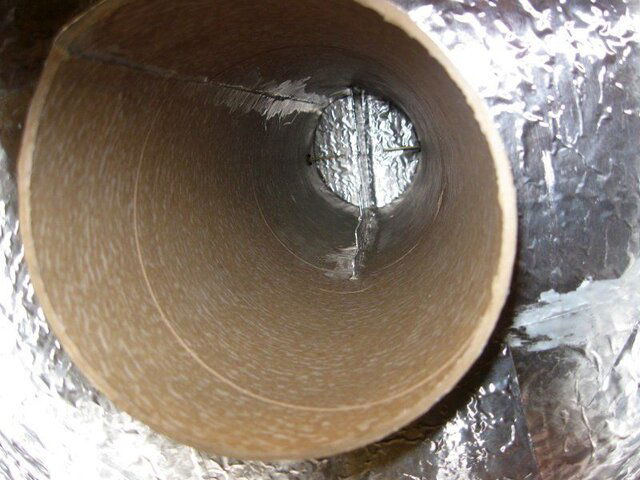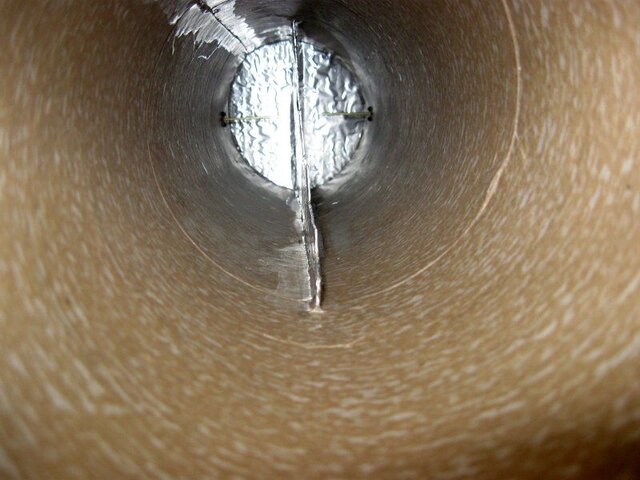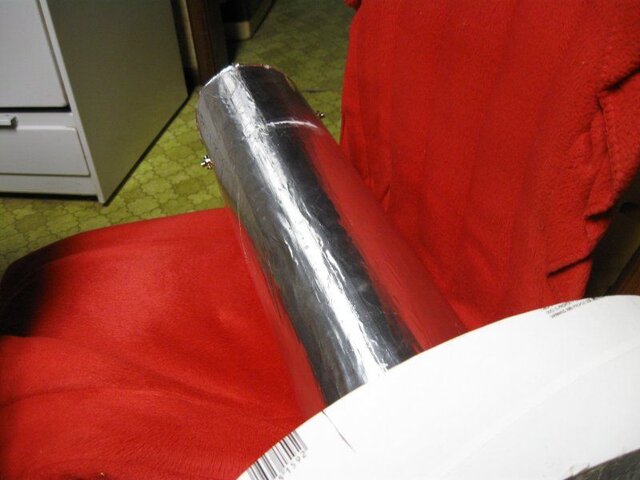N6BY,
Sounds good. I got some paper tube on order myself to make the prototype I want to make. It will be slow shipping though to the store.
I had a felling that you would have to, 8' here in the US even if it could cut it would be so close that any signal change in path or other would start causing large data loss. From the impression of what I have read that if the receiver loses sync with the file is decoding it discards that file.
A couple of dB margin is well worth all this effort and time.
I have already asked Paul W1GHZ that exact question and his answer was:
Hi Tim
You should be able to receive both polarization's simultaneously, with about 20 dB of isolation between them.
Sounds good. I got some paper tube on order myself to make the prototype I want to make. It will be slow shipping though to the store.
But I will have to put my 10 foot Unimesh back up.
I had a felling that you would have to, 8' here in the US even if it could cut it would be so close that any signal change in path or other would start causing large data loss. From the impression of what I have read that if the receiver loses sync with the file is decoding it discards that file.
A couple of dB margin is well worth all this effort and time.
I have already asked Paul W1GHZ that exact question and his answer was:
Hi Tim
You should be able to receive both polarization's simultaneously, with about 20 dB of isolation between them.









